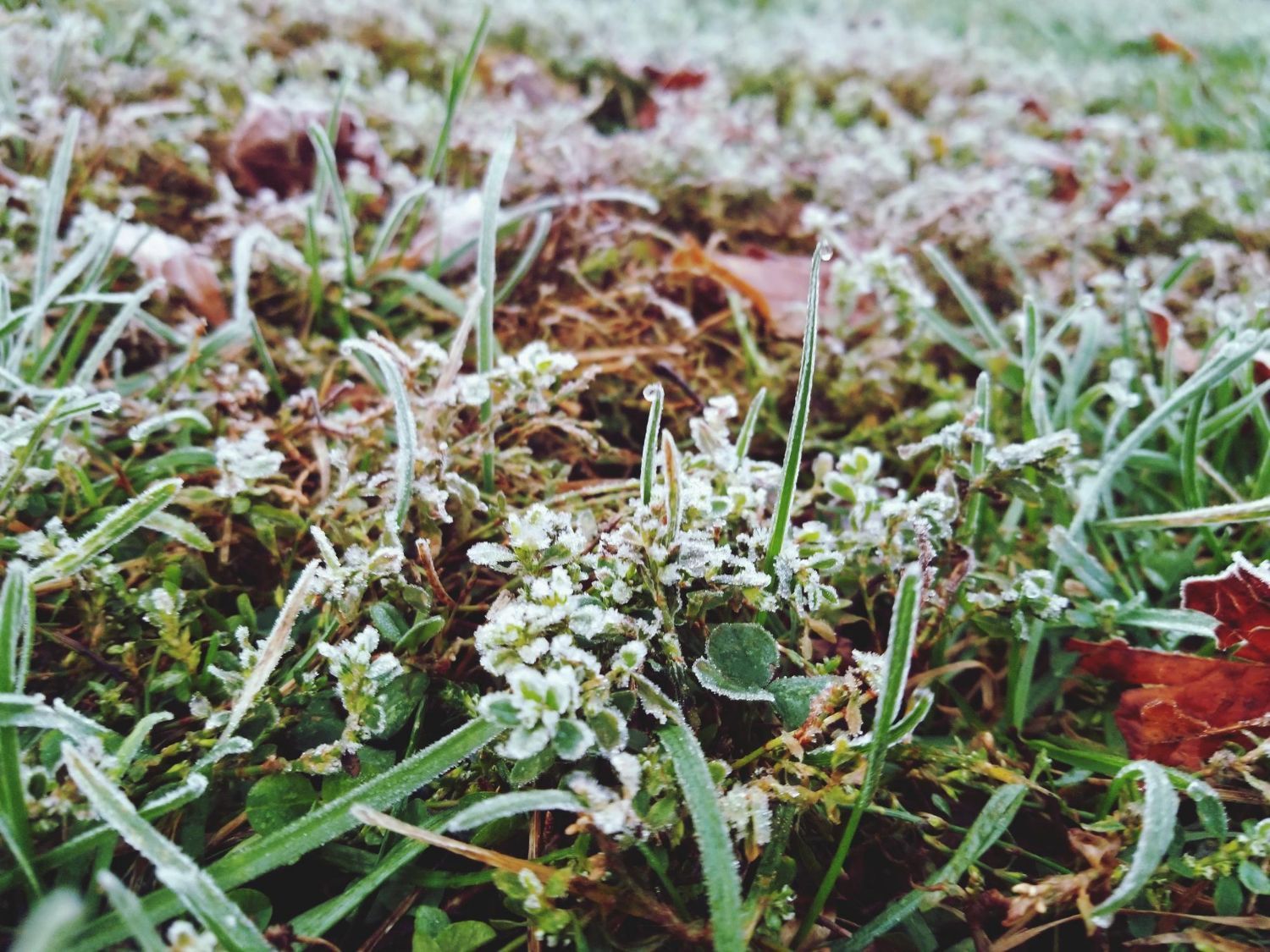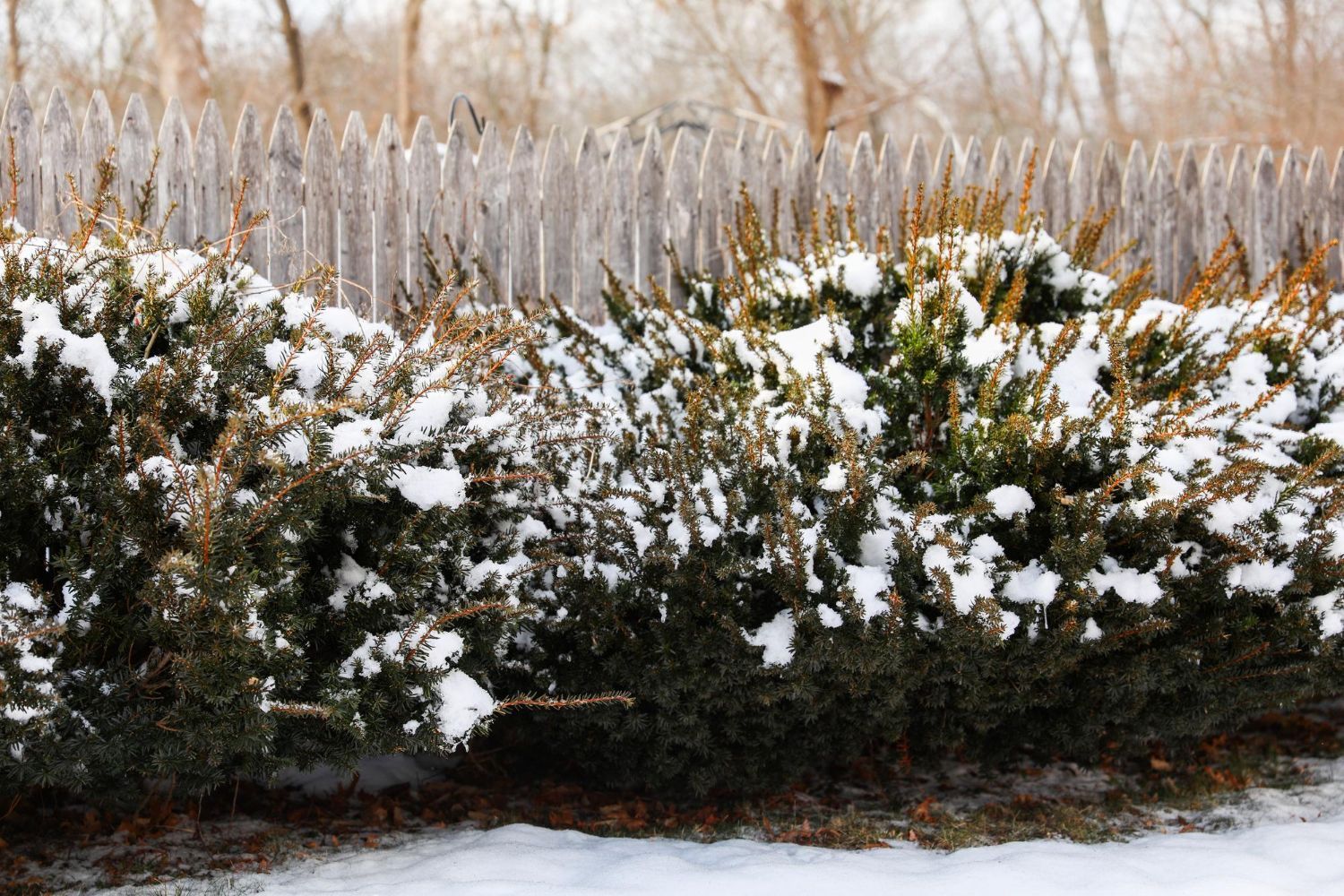Get Your Free Instant Online Quote Here
What Our Customers Are Saying

🟊🟊🟊🟊🟊
"Great service and fertilizer weed guys know what they're doing, very experienced! The best!"
Dan R.
East Brunswick

🟊🟊🟊🟊🟊
"Once I signed up for the mosquito preventative application, my family and I have been able to relax on our back deck for the first time in years."
Scott B.
Old Bridge
Button
🟊🟊🟊🟊🟊
"Got a prompt accurate quote, all details concerning pricing and treatment applications were expertly explained. Their program looks to me as a good value. My first treatment went exactly as they said it would."
Frank A.
Marlboro
🟊🟊🟊🟊🟊
🟊🟊🟊🟊🟊
"Great company with excellent service and lightning quick communication. Technologically ahead of the competition and professionally run."
Chris N.
East Brunswick
Button
🟊🟊🟊🟊🟊
"Healthy Lawn is a fantastic company! My lawn and landscaping look amazing. They have great customer service with knowledgeable and friendly employees. I would definitely recommend them."
Samantha L.
Matawan
Button
The Best Way to Mow Your Lawn in 2025
Keeping your lawn looking lush and green requires more than just regular watering and fertilizing. Mowing is a crucial part of lawn care that helps maintain the health and beauty of your yard. Done correctly, mowing can make your grass stronger and more resilient while giving your landscape a neat appearance.
In this guide, we’ll explore the best ways to mow your lawn this year. From choosing the right mower to mastering mowing techniques, we’ll cover everything you need to know for a healthy and attractive lawn.
Types of Lawn Mowers
Picking the right lawn mower can make yard work much easier and more efficient. There are several types of lawn mowers, each designed to suit different needs.
1. Push Mowers: These are basic walk-behind mowers great for small, flat yards. They are easy to handle and don’t require much storage space.
2. Self-Propelled Mowers: These mowers have a motor that drives the wheels, making them ideal for larger lawns or hilly terrain. You only need to guide them, rather than push.
3. Riding Mowers: Perfect for large yards, riding mowers let you sit and drive while mowing. They cover more ground quickly and are less physically demanding than walk-behind mowers.
4. Zero-Turn Mowers: Known for their excellent maneuverability, zero-turn mowers make sharp turns and are good for intricate lawns with lots of obstacles.
5. Electric Mowers: Available as both corded and cordless, electric mowers are eco-friendly and quieter than gas-powered mowers. They are suitable for small to medium-sized lawns.
6. Robotic Mowers: These are automated mowers that cut the grass on their own. They are great for tech-savvy homeowners who prefer a hands-off approach.
Factors to Consider When Purchasing a Mower
Choosing a lawn mower involves more than just picking a type. Here are some key factors to consider:
- Lawn Size: The larger your lawn, the bigger and more powerful mower you’ll need. For small yards, a push or electric mower might suffice. For larger areas, consider a self-propelled or riding mower.
- Terrain: If your lawn has hills or uneven ground, a self-propelled or riding mower is easier to handle. For flat lawns, a push mower will do the job.
- Obstacles: Consider any trees, flower beds, or other obstacles. Zero-turn mowers are great for navigating around obstacles, while robotic mowers work well for open spaces.
- Power Source: Decide between gas, electric, or battery-powered mowers. Gas mowers are powerful but noisy and require more maintenance. Electric mowers are quieter and eco-friendly but have limited run time.
- Budget: Determine your budget, as mowers can vary widely in price. Push and electric mowers are generally cheaper while riding and zero-turn mowers are more expensive.
- Maintenance: Consider how much maintenance you’re willing to do. Gas mowers require more upkeep than electric ones.
Mowing Frequency and Height
How often and how short you cut your grass plays a huge role in maintaining a healthy lawn. On average, mowing once a week is enough during the growing season. However, this can vary based on weather and grass type. If it’s growing fast, you might need to mow more often. Avoid cutting more than one-third of the grass blade’s height in a single mow. Cutting too short can stress the grass and make it vulnerable to pests and diseases.
The optimal height for mowing depends on the grass type:
- Cool-Season Grasses: Such as Kentucky bluegrass and fescue, should be cut to around 2.5 to 3.5 inches.
- Warm-Season Grasses: Like Bermuda and Zoysia, do best at heights of 1 to 2 inches.
Proper Mowing Techniques
Using the right mowing techniques can make a big difference in the health of your lawn. Here are some tips for proper mowing:
1. Sharpen Blades: Dull blades tear the grass, causing stress and making it susceptible to diseases. Keep your mower blades sharp for clean cuts.
2. Mow Dry Grass: Wet grass can clump and clog your mower. Mow when the lawn is dry to get an even cut.
3. Change Directions: Alternate your mowing pattern each time you mow. This prevents soil compaction and encourages upright growth.
4. Leave Clippings: Grass clippings can be left on the lawn to decompose, acting as a natural fertilizer. This practice, known as grasscycling, adds nutrients back into the soil.
Cleaning and Sharpening the Blades
Keeping your mower clean and its blades sharp is crucial for maintaining optimal performance. A sharp blade makes clean cuts, reducing stress on the grass and promoting healthier growth. Here’s how to do it:
1. Turn Off and Disconnect: Always turn off your mower and disconnect the spark plug before doing any maintenance.
2. Remove the Blade: Use a wrench to remove the blade, making sure to wear gloves for safety.
3. Sharpen the Blade: Using a sharpening stone or a file, follow the existing angle and sharpen the blade evenly. For best results, consider using a bench grinder if available.
4. Balance the Blade: After sharpening, balance the blade by hanging it on a nail. If one side dips lower, file down the heavier side until balanced.
5. Reattach the Blade: Securely reattach the blade to the mower, ensuring it is tight.
In addition to sharpening, clean the underside of your mower regularly. Grass clippings and dirt can build up, affecting performance. After each use, use a brush or a putty knife to remove debris.
Regular Mower Maintenance Tips
Regular maintenance extends your mower’s life and ensures it runs smoothly. Here are some key tips:
- Change the Oil: Just like cars, mowers need regular oil changes. Check the owner’s manual for the recommended frequency, usually after 25-50 hours of use.
- Replace the Air Filter: A clogged air filter reduces engine performance. Replace it annually or as needed.
- Inspect the Spark Plug: A clean spark plug ensures easy starting and efficient operation. Replace it annually or if it appears dirty or damaged.
- Check the Fuel: Use fresh gasoline to avoid engine issues. At the end of the mowing season, either use a fuel stabilizer or drain the fuel tank to prevent problems.
- Tighten Bolts and Fasteners: Vibration can loosen bolts and components over time. Check and tighten them regularly.
- Clean the Mower Deck: Remove any grass buildup under the deck to keep your mower in top shape.
Addressing Common Mowing Challenges
1. Dealing with Uneven Terrain
Mowing uneven terrain can be tricky, but there are ways to manage it. Here are some tips to help you mow hilly or bumpy lawns:
- Adjust Mower Height: Set your mower to a higher cutting height to avoid scalping the grass on high spots.
- Use a Self-Propelled Mower: These mowers make it easier to handle slopes and uneven ground.
- Mow Side-to-Side: When mowing hills, go side-to-side rather than up and down. This reduces the risk of tipping over.
- Avoid Wet Grass: Wet grass can make uneven terrain slippery and dangerous to mow. Wait for it to dry before mowing.
- Fill Low Spots: Consider filling in low spots with soil to make the lawn more even and easier to mow over time.
2. Managing Thick and Tall Grass
Handling thick and tall grass requires a few adjustments to your mowing routine. Here’s how to manage it:
1. Raise the Mower Height: Start with the highest setting on your mower and gradually lower it over successive mowings.
2. Mow in Stages: Instead of cutting all at once, mow in stages. Remove one-third of the grass height at a time to avoid stressing the lawn.
3. Use Multiple Passes: For very thick areas, make multiple passes with the mower. Overlap each pass slightly to ensure even cutting.
4. Clean Up Clippings: Thick grass can leave behind heavy clippings. Rake up and remove excess clippings to prevent smothering the grass.
Conclusion
Keeping your lawn looking great involves choosing the right mower, following best mowing practices, maintaining your equipment, and tackling common challenges. Selecting a suitable mower for your specific needs and lawn conditions makes mowing easier and more efficient.
Regular maintenance ensures your mower performs well season after season. Proper mowing techniques and addressing unique challenges like uneven terrain and thick grass help keep your lawn healthy and attractive.
If you ever need professional assistance, Healthy Lawn is here to help with our
lawn care services, ensuring your yard stays green and lush year-round. Contact us today to learn more!








